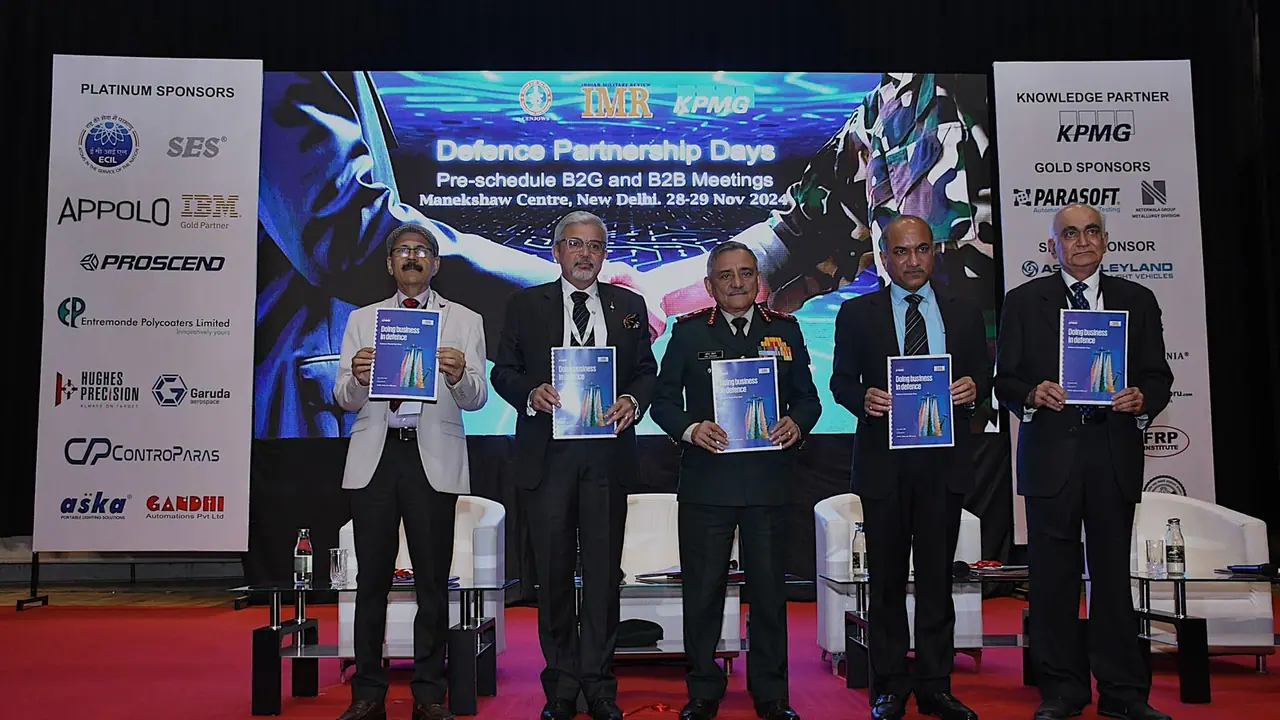India's defence budget has seen a steady rise, driven by increased government spending and indigenisation efforts. However, the private aerospace and defence industry faces challenges such as regulatory hurdles, supply chain complexities, and a monopsony market, according to a KPMG India report.
With increased government spending and focus on indigenisation, India’s defence budget has been on a steady rise for the past 10 years but at the same time the private aerospace and defence industry has been facing a number of challenges, including regulatory, supply chain, monopsony market, limited focus on research and development, competitive landscape and limited capability in the industry, the KPMG India in its latest report, "Doing Business in Defence," found.

The report launched in collaboration with Indian Military Review also found that the increase in defence expenditure is directly linked to Government initiatives that focus on modernising India’s defence forces.
“Although the aerospace and defence sector is lucrative and promising sector for the new companies to enter into, but it has challenges and concerns to be addressed and taken into account. Being highly technologically complex and regulated market, it poses challenges in terms of certification, clearance, and turnaround time,” Commander Gautam Nanda (R), Associate Partner, Aerospace, Defence and Space, KPMG in India, said.
The challenges that the KPMG in India has highlighted in its report:--
L1 based procurement is one of the biggest challenges for private sector companies, application process for industrial license has a long turnaround time and also not completely transparent.
- “Quality and safety certification process is a time-consuming process. Procedural delays result in uncertain timelines and thus impact the exports.”
- “Owing to proprietary manufacturing techniques as well as quality concerns, there is a dependence on imports of materials. Low quality products result in failure rate and delays in orders being placed.”
- “As the primary buyers are only the government and defense organistaions, they have significant negotiating powers, because of bulk order purchases. Issues with procurement procedures result in fluctuating demand.”
- “Established players have the competitive advantage due to their strong and established government relationships. Concentrated industry as few large players dominates the market.”
- “Substantial costs and high gestation period to see the benefits of R&D have not encouraged private industry from investing in R&D initiatives.”
In 2024-25, the government has allocated Rs 621,541 crore to the defence ministry. There is an upward trend in the defence budget as well as the capital outlay. The Indian Army gets the highest share at 52 per cent on account of its size, spread and role, followed by the Indian Air Force at 24 per cent, the Indian Navy at 19 per cent and approximately 05 per cent of the defence budget is allocated toward R&D.
